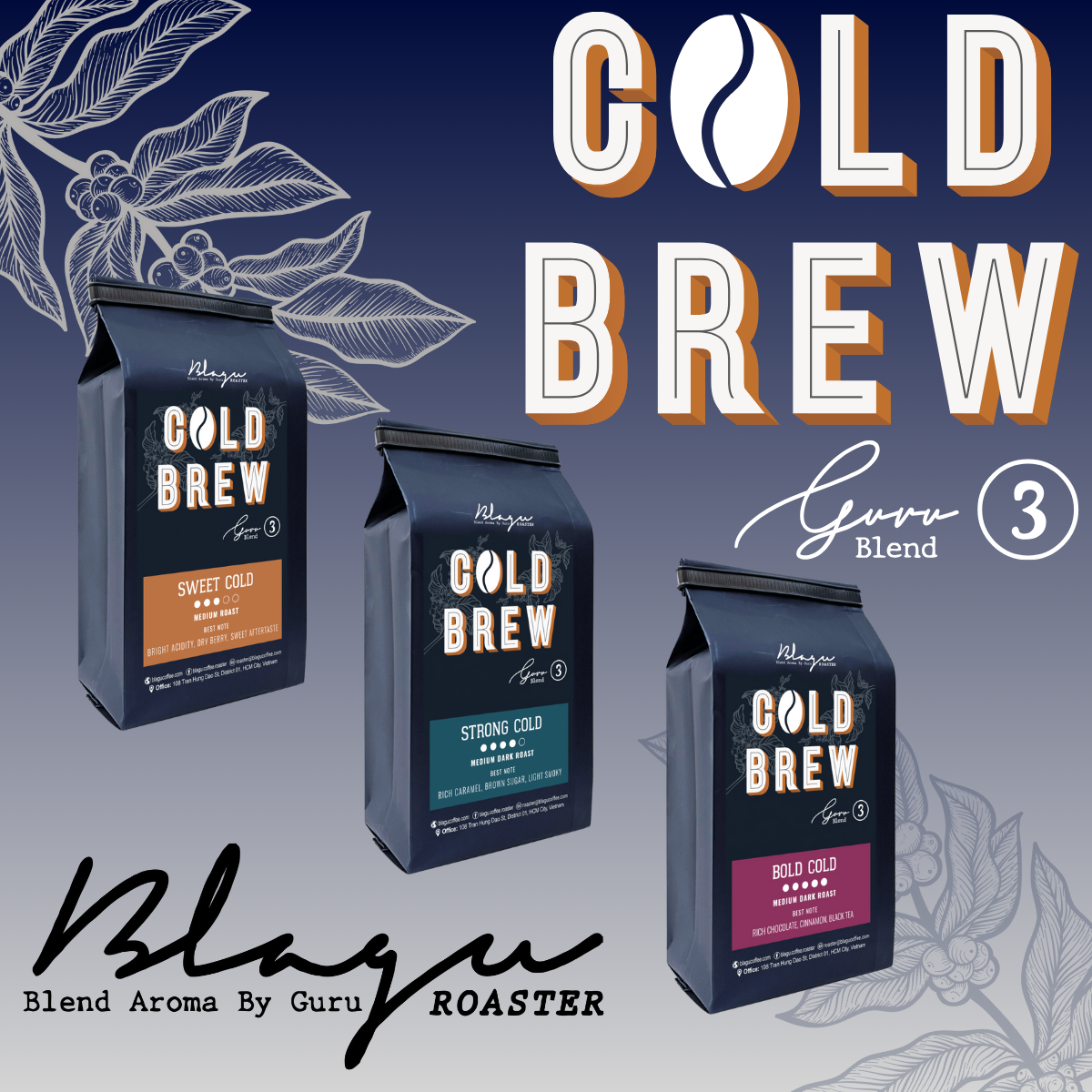“Anyone can make a good cup of coffee — as long as you have the right brewing secret in your hands.” — Barista Blagu
What makes a perfect pour-over coffee?
Is it the bright acidity, the fruity aroma, or the gentle sweetness like a candy drop?
For Barista Blagu, a perfect pour-over isn’t defined by a single flavor — it’s the feeling of satisfaction when your cup tastes exactly the way you want it to. Every person has their own preference: some love the gentle, fruit-forward brightness, others prefer a deeper caramel or chocolate tone, and some simply seek a mellow sweetness that lingers softly.
The pour-over honors that individuality. It’s a method for those who want to take control of their flavor, turning each pour into a reflection of mood and personality. When done right, a pour-over is not just coffee — it’s a conversation between you and the bean.
Process Overview
Pour-over brewing is a calm and mindful ritual. Each movement — the grind, the pour, the waiting — shapes the balance of aroma, sweetness, and acidity in your cup. With careful control, you can draw out the cleanest and most expressive notes of your chosen beans. It’s not just about brewing; it’s about listening — to the rhythm of water, to the fragrance rising, to the story within every drop.
What You’ll Need
-
Dripper (V60 or similar)
-
Filter paper
-
Coffee server
-
Digital scale
-
Gooseneck kettle (essential for precise pouring)
-
Spoon or coffee scoop
-
Your favorite coffee beans
Barista Blagu’s Pour-over Ratio: 1:15
Step 1: Weigh and Grind
Weigh 20 g of coffee beans and grind to a medium consistency — not too coarse, not too fine.

Grind size determines extraction:
-
Too coarse → under-extracted, weak cup.
-
Too fine → over-extracted, bitter cup.
-
Aim for a medium grind to achieve balance.
-
Always grind just before brewing to preserve freshness and aroma.

Step 2: Rinse the Filter and Warm the Server
Rinse the paper filter thoroughly with hot water to remove any papery taste.

This also preheats the dripper and the coffee server, helping maintain temperature stability and prolonging the warmth of your brew.

Rinse filter paper and container

Step 3: Prepare the Water
Ideal water temperature: 86–92°C (186–197°F).
This range helps dissolve aromatic compounds while minimizing bitterness.
Avoid boiling water — it will burn the grounds and flatten the flavor.

Step 4: Add Ground Coffee
Place the ground coffee into the dripper and gently tap the sides to level the bed.

A flat bed ensures even saturation and uniform extraction.

Step 5: Pouring Technique
The essence of pour-over lies in your pouring rhythm.
The way you pour determines how the flavors unfold.
Use pure, odorless water (filtered or mineral).
-
With 20 g of coffee, use about 300 ml of water.
-
Start by pouring slowly in a spiral motion, from the center outward, just enough to wet all the grounds — this is the blooming stage.
-
Wait for 45 seconds to let gases escape.

-
Continue pouring in spiral motions until you reach the total 300 ml.
-
Adjust the water flow to a moderate level.

Step 6: Finish and Enjoy
After brewing, gently swirl the server to blend the layers of extraction.
Pour into your cup, inhale the aroma, and enjoy the clarity and depth of your handcrafted coffee.

Pour-over is freedom in motion — a dance of patience and precision. Each circle of water, each breath of steam, is a reminder that great coffee is not about perfection, but connection. It’s about crafting a moment that feels entirely your own. At Blagu, we cherish that spirit — where technique meets tenderness, and every drop carries both skill and soul.





